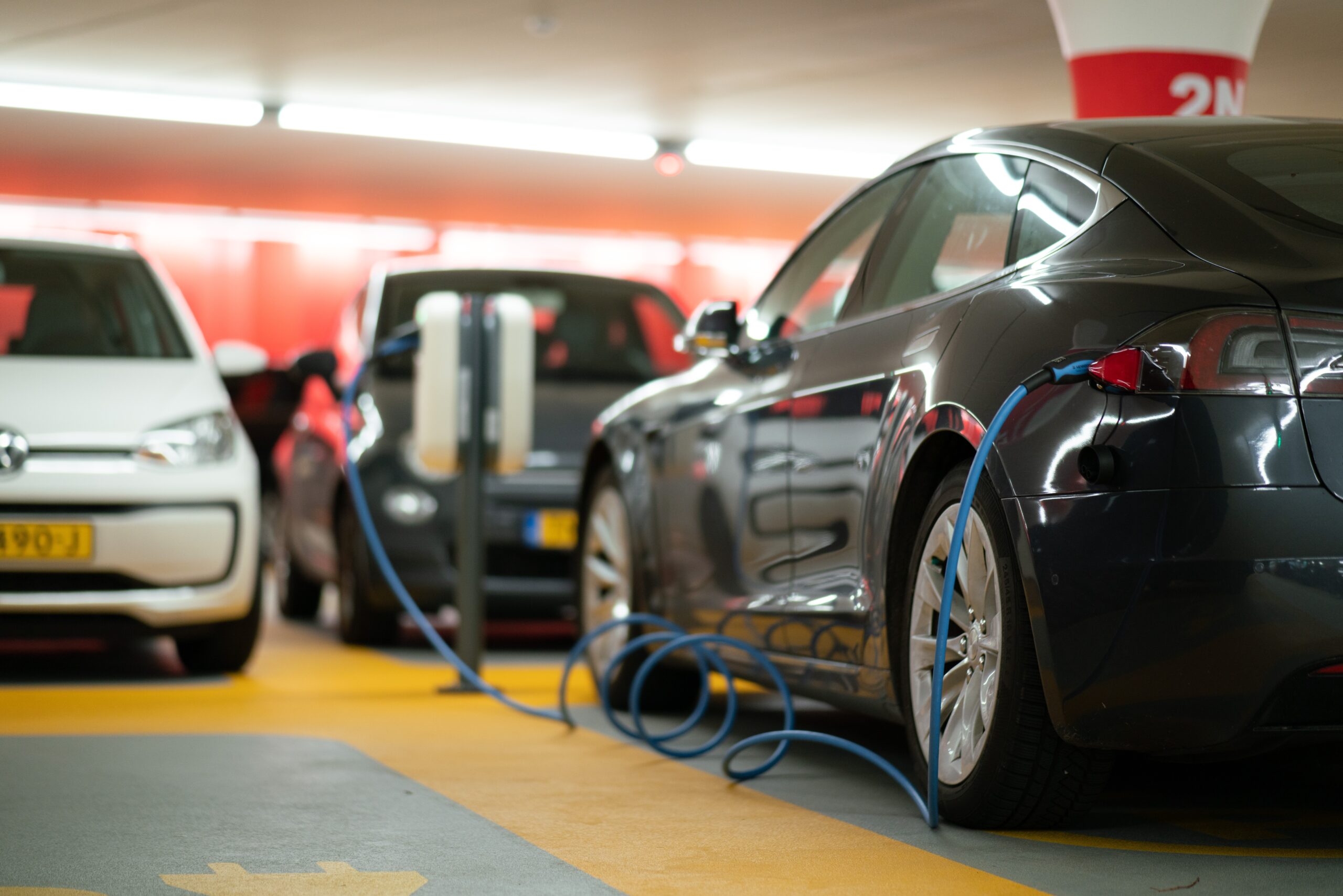EVs now represent 8.4% of all new cars sold in Australia, which is a 120.5% increase compared to all of 2022[1]. More and more Australian motorists are considering purchasing an EV as their next vehicle. A recent survey from the Royal Automobile Association showed that more than 40% of South Australians would consider an EV as their next car[2]. In Victoria, the State Government announced a target of 50% of vehicle sales being Zero Emission Vehicles by 2030[3]. The uptake of EVs is expected to exponentially grow as more models and options enter the Australian market, particularly those with greater ranges at lower costs.
In response to this growth, changes are coming for development. As part of the new energy efficiency requirements under the National Construction Code (NCC) 2022[4], there must be space for switchboards and EV charging infrastructure in new builds for:
- 100% of parking car spaces in apartment buildings
- 10% of spaces in offices and retail
- 20% of spaces in other commercial buildings.
These changes were adopted by the from 1 May 2023 and will commence at different times across the States and Territories, with the requirements applicable in Victoria for 1 May 2024[5]. These changes reflect the ways in which EVs are ‘refuelled’ as compared to combustion engine vehicles. It is estimated that around 90% of charging requirements will occur at people’s home or workplace.
Given the coming changes we recommend that provision for on-site EV charging (at least) in-line with the rates outlined in the Construction Code. Aside from meeting the requirements, planning for the provision for EV charging is considered beneficial as it is likely to:
- be more cost-effective than retrofitting car parks with infrastructure post-construction,
- attract future owners and tenants, and
- align with ESD measures sought by consenting authorities.
There is a broad range of infrastructure for EV charging that could be broadly summarised as slow, medium and fast chargers, as follows[6]:
| Level | Example | Power | Typical Charge Rate | Example Users |
| 1 – Slow | An electrical outlet (AC) | 2.4-3.6 kW | 12-18 km/hr | Resident / Long-term staff |
| 2 – Medium | Wall charging outlet (AC) | 7.4-22 kW | 35-110 km/hr | Resident, medium and long-term staff, shopping centres |
| 3 – Fast | High powered outlet (DC) | 50-350+ kW | 60-440 km/15mins | Highway service centres |
As shown, slow and medium chargers are the most suitable for residents and staff who are typically parking for at least 4 hours. The infrastructure requirements for these options are relatively inexpensive, particularly for Level 1, which is effectively an additional electrical socket (and any additional metering requirements). The fast charging DC options, conversely, can represent an investment more than $50,000 to accommodate the infrastructure behind the charger. This means that provision for slow chargers suitable for residents and staff is likely to be relatively low.
We also know that there is going to be more innovation in the EV charging space. A recent example is solutions being developed for car stackers to enable charging within the unit, currently being developed by EVUp[7]. This option could help meet NCC and ESD requirements on spatially constrained sites where stackers are used.
In summary, the landscape of EV adoption in Australia is undergoing a significant transformation, driven by changing regulations, evolving policy and most significantly, growing consumer interest. As these changes unfold, it is advisable to plan for on-site EV charging in line with the NCC requirements. Not only does this ensure compliance, but it also proves to be cost-effective, attractive to future owners and tenants, and aligns with environmental sustainability measures.
References:
[1] Electric Vehicle Council: State of Electric Vehicles, July 2023.
[2] https://www.abc.net.au/news/2023-10-29/more-south-australians-choosing-electric-vehicles/103032582
[3] Victoria’s Zero Emissions Vehicle Roadmap, DWELP, May 2021.
[4] https://ncc.abcb.gov.au/editions/ncc-2022/adopted/volume-one/j-energy-efficiency/part-j9-energy-monitoring-and-site-distributed-energy-resources, Refer J1P4, J94
[5] https://www.energy.vic.gov.au/renewable-energy/zero-emission-vehicles/ev-ready-buildings
[6] https://www.energy.vic.gov.au/renewable-energy/zero-emission-vehicles/ev-ready-buildings
[7] https://www.evup.com.au/car-stackers-ev-charging-project


